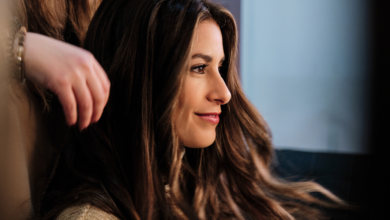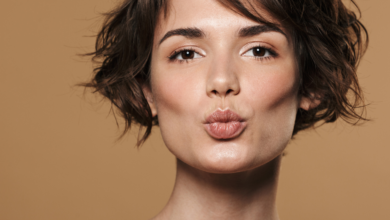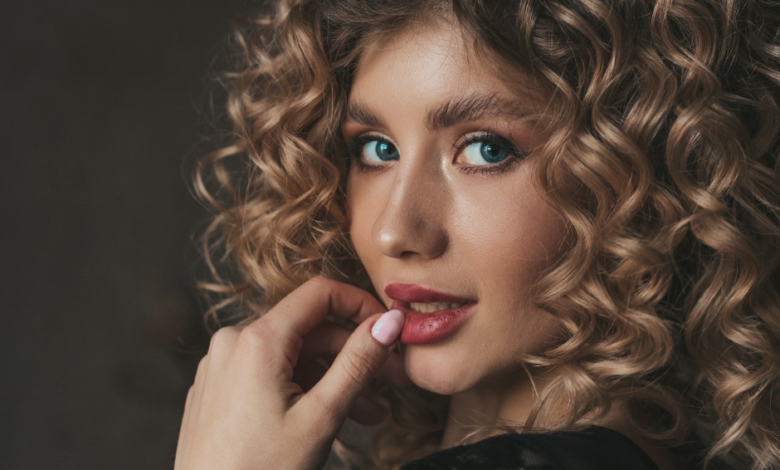
Are you in the midst of a hair transition and looking for the perfect haircut to complement your new style? Look no further! In this article, we will explore a variety of haircuts that are specifically designed for transitioning hair. Whether you’re growing out a pixie cut, going from relaxed to natural, or simply wanting to switch up your look, these haircuts will help you embrace the new you with confidence and style. Say goodbye to awkward in-between hair phases and hello to a fresh, fabulous hairstyle that showcases your unique personality.
Understanding Transitioning Hair
What is transitioning hair?
Transitioning hair refers to the process of growing out chemically treated or relaxed hair to its natural texture. It is a journey that many individuals embark on to embrace their natural curls, waves, or coils. Transitioning hair is unique in that it requires special care and attention to ensure healthy and beautiful hair throughout the process.
Challenges of transitioning hair
Transitioning hair can come with its fair share of challenges. One of the primary challenges is dealing with the line of demarcation, where the natural hair meets the previously treated hair. This can cause a difference in texture, making it difficult to style and manage. Additionally, transitioning hair may be prone to breakage and dryness, as it is in a vulnerable state. It’s important to be patient and committed to the process to overcome these challenges and achieve the desired results.
Key considerations for haircuts during transition
When it comes to haircuts during the transition period, there are a few key considerations to keep in mind. Firstly, it’s important to choose a haircut that allows for easy styling and maintenance of both the natural and relaxed hair. Gradual length reduction is often a popular choice, as it slowly eliminates the relaxed ends while still maintaining a decent amount of length. Layered haircuts can also help blend the two textures and create a more cohesive look. Ultimately, it’s crucial to consult with a hairstylist who understands transitioning hair and can guide you in the right direction.
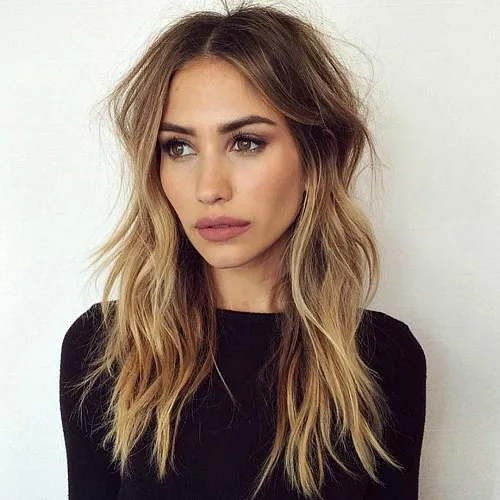
Finding the Right Hairstylist
Importance of a supportive stylist
Finding a supportive hairstylist who understands the unique needs of transitioning hair is crucial. A stylist who is knowledgeable and experienced in working with transitioning hair will be able to provide valuable guidance and support throughout your journey. They can help recommend suitable haircuts, products, and techniques to ensure your hair remains healthy and beautiful throughout the transition process.
Researching and asking for recommendations
When searching for a hairstylist, it’s essential to do your research and ask for recommendations. Utilize online resources such as social media platforms, forums, and hairstyle blogs to find stylists who specialize in transitioning hair. Reading reviews and testimonials from previous clients can give you an insight into their expertise and customer satisfaction. Additionally, seeking recommendations from friends, family, or fellow naturals can lead you to a skilled hairstylist who can help you achieve your hair goals.
Consultation with the stylist
Before committing to a hairstylist, it’s advisable to schedule a consultation. This provides an opportunity to discuss your hair goals, concerns, and expectations with the stylist. During the consultation, feel free to ask questions, show them pictures of your desired haircut, and express any specific requirements you may have. A good hairstylist will listen attentively, offer personalized advice, and ensure you feel comfortable and confident in their abilities.
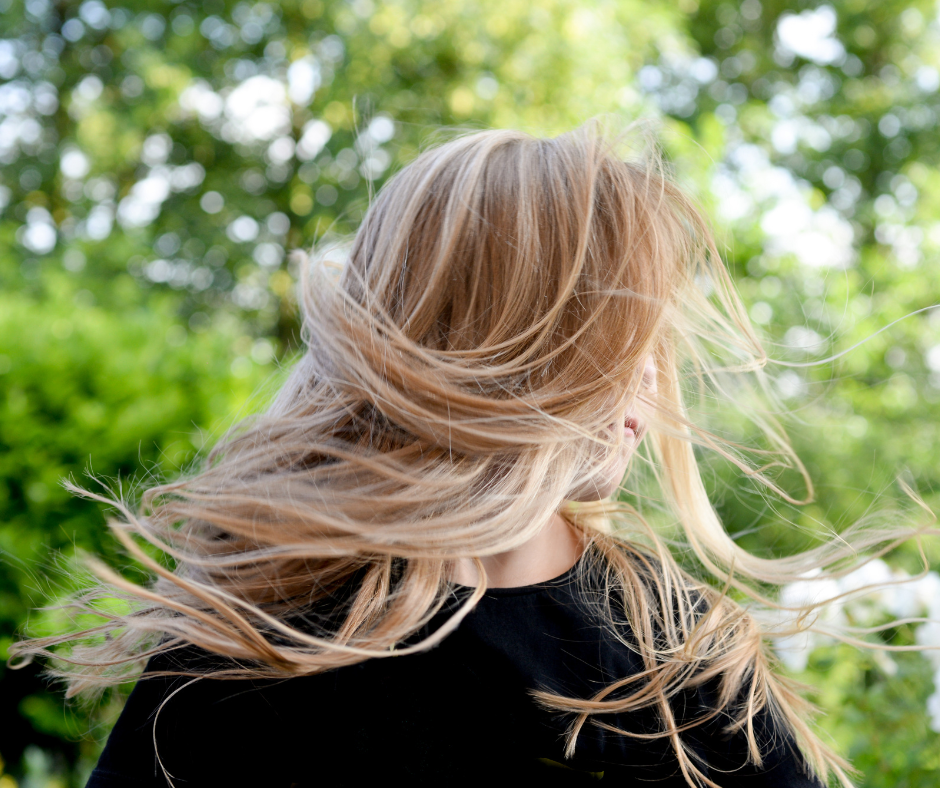
Haircut Ideas for Transitioning Hair
Gradual Length Reduction
One popular haircut idea for transitioning hair is a gradual length reduction. This involves trimming the relaxed ends gradually over time, allowing the natural hair to grow out while maintaining a decent amount of length. By slowly eliminating the chemically treated hair, you can achieve a more uniform texture and reduce the risk of breakage. This approach is ideal for those who want to retain some length during the transition process.
Layered Haircuts
Layered haircuts are another great option for transitioning hair. Layers can help blend the texture of the natural and relaxed hair, creating a seamless and cohesive look. They also add movement and dimension to the hair, making it easier to style. Whether you opt for long layers or shorter face-framing layers, this haircut can enhance the overall appearance of your transitioning hair.

Bob and Pixie Cuts
For those who are ready to take a more dramatic approach to their hair transition, bob and pixie cuts are excellent choices. These shorter hairstyles not only eliminate a significant amount of the relaxed ends but also embrace the beauty of natural hair. Bobs and pixie cuts can be tailored to suit your face shape and hair texture, ensuring a flattering and stylish look. It’s important to consult with a hairstylist to choose the right length and shape for your features.

Natural Hair Styles
Embracing natural hair styles is a wonderful way to celebrate your transitioning journey. From twist-outs and braid-outs to wash and go’s, there are countless styling options for natural hair. These styles showcase the beauty and versatility of your natural texture while allowing your hair to flourish and grow. Experiment with different techniques and products to find the perfect natural style that suits your preferences.

Curly and Wavy Styles
If your transitioning hair has a natural curl or wave pattern, consider embracing curly and wavy styles. These hairstyles accentuate the texture and provide an effortless and carefree look. From loose curls to tight coils, there are numerous curly and wavy styles to choose from. Using products specifically designed for curly hair can help enhance and define your natural curls, making them the focal point of your hairstyle.

Maintaining Healthy Hair During Transition
Moisturizing and conditioning routines
Maintaining proper moisture and conditioning routines is essential for healthy transitioning hair. As your natural hair grows out, it’s crucial to keep it moisturized to prevent dryness, breakage, and tangles. Deep conditioning treatments should be a regular part of your hair care routine to provide nourishment and hydration. Moisturizing leave-in conditioners and oils can also be used daily to keep your hair hydrated and manageable.
Avoiding heat and chemical treatments
During the transition process, it’s important to avoid excessive heat and chemical treatments, as they can cause damage and hinder the progress of your natural hair. Minimize the use of heat styling tools such as flat irons and blow dryers, as well as chemical treatments like relaxers or perms. Embrace your natural texture and allow it to thrive without subjecting it to unnecessary stress.
Regular trims and deep conditioning
Regular trims are crucial for transitioning hair, as they help eliminate split ends and prevent the breakage. Trimming the relaxed ends every few months will gradually remove the damaged hair, allowing your natural hair to grow without any hindrance. Additionally, deep conditioning treatments should be done regularly to provide intense hydration, strengthen the hair, and promote overall hair health.
Protective styling
Protective styling plays a vital role in maintaining the health of transitioning hair. These hairstyles, such as braids, twists, and updos, help protect the hair from manipulation, friction, and environmental damage. By keeping your hair tucked away in a protective style, you minimize the risk of breakage and promote hair growth. It’s important to choose gentle styles that do not pull on the hairline or cause excessive tension.

Understanding Hair Types and Textures
Identifying your hair type and texture
Understanding your hair type and texture is essential for choosing the right haircut and styling techniques. Hair types are generally categorized into four main categories – straight, wavy, curly, and coily. Within each category, there are subcategories that further describe the texture and curl pattern of the hair. Take the time to assess your hair and identify which category and subcategory best represent your natural hair.
Understanding the needs of different hair types
Different hair types have varying needs, and it’s important to address these needs when choosing a haircut. For example, straight hair may benefit from layering to add volume and movement, while curly or coily hair may require a shape that enhances the natural curl pattern. Understanding the unique needs of your hair type will help you make informed decisions when it comes to haircuts and styling techniques.
Choosing a haircut that suits your hair type
Once you have identified your hair type, it’s easier to choose a haircut that suits you. Straight hair often looks great with blunt cuts or long layered styles. Wavy hair can be enhanced with layered cuts or beachy waves. Curly and coily hair can be flaunted with haircuts that enhance the natural texture and shape, such as tapered cuts or curly bobs. Work with a hairstylist who can guide you in choosing a suitable haircut that complements your hair type.

Hairstyling Products for Transitioning Hair
Leave-in conditioners and detanglers
Leave-in conditioners and detanglers are essential products for transitioning hair. They provide extra moisture and slip, making it easier to detangle and manage the hair. Look for products that are hydrating, nourishing, and lightweight to avoid weighing down the hair. Applying a leave-in conditioner or detangler after washing and conditioning your hair will help keep it soft, manageable, and tangle-free.
Curl defining creams and gels
Curl defining creams and gels are ideal for enhancing and defining the natural curls or waves in transitioning hair. These styling products provide hold, reduce frizz, and give the hair more shape and definition. Apply the cream or gel to damp hair and scrunch or twist the hair to encourage curl formation. This will help create a more defined and structured hairstyle while embracing the natural texture.
Transitioning-specific hair care products
There are specific hair care products available that are designed specifically for transitioning hair. These products often cater to the unique needs of both the natural and relaxed hair, helping to maintain the health and integrity of the hair throughout the transition process. Look for shampoos, conditioners, and treatments that are sulfate-free, moisturizing, and free from harmful ingredients that can cause damage or dryness.
Silk/satin accessories for protection
Using silk or satin accessories is highly beneficial for transitioning hair, as these materials are gentle on the hair and help prevent friction and breakage. Invest in silk or satin pillowcases and scrunchies to protect your hair while you sleep or tie it up. These accessories help retain moisture, prevent tangles, and reduce the risk of damaging your transitioning hair.
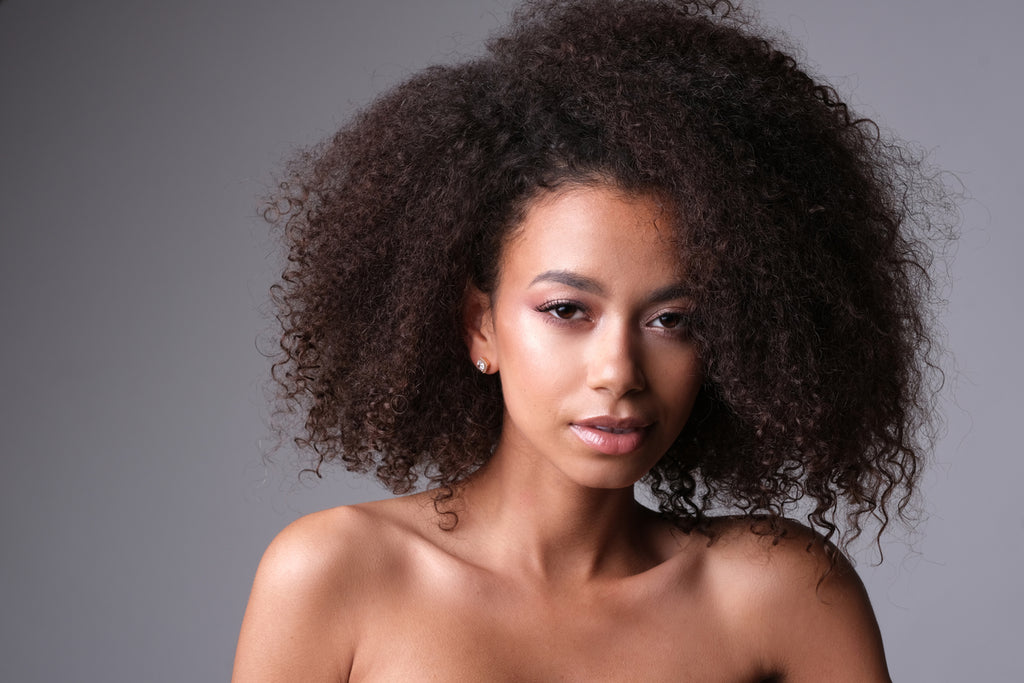
Accessorizing and Styling Transitioning Hair
Hair accessories for different hair lengths
Hair accessories can add a touch of style and flair to your transitioning hair, regardless of the length. For longer hair, experiment with headbands, hair clips, and decorative pins to keep your hair off your face or add intricate details to your hairstyle. If you have shorter hair, consider using statement earrings or bold makeup to complement your haircut and draw attention to your face.
Wig and hairpiece options
Wigs and hairpieces can be a fun and versatile option for styling transitioning hair. They allow you to experiment with different lengths, colors, and textures without committing to a permanent change. Wigs can also serve as a protective style, providing a break from styling and manipulation. Choose high-quality wigs and hairpieces that match your natural hair color and texture for a seamless and natural-looking result.
Embracing headscarves and turbans
Headscarves and turbans are stylish and practical options for accessorizing transitioning hair. They can be used to protect the hair, conceal the line of demarcation, or simply add a pop of color or pattern to your look. Tie the headscarf or turban in various styles, such as a classic wrap, a top knot, or a side twist, to create different looks and showcase your personal style.
Experimenting with hair wraps and twists
Hair wraps and twists are easy yet fashionable ways to elevate your transitioning hairstyle. Use a colorful or patterned scarf to wrap around a ponytail or top knot, or twist a section of your hair to create an eye-catching accent. These styles can be done quickly and effortlessly, adding a touch of creativity and flair to any outfit.
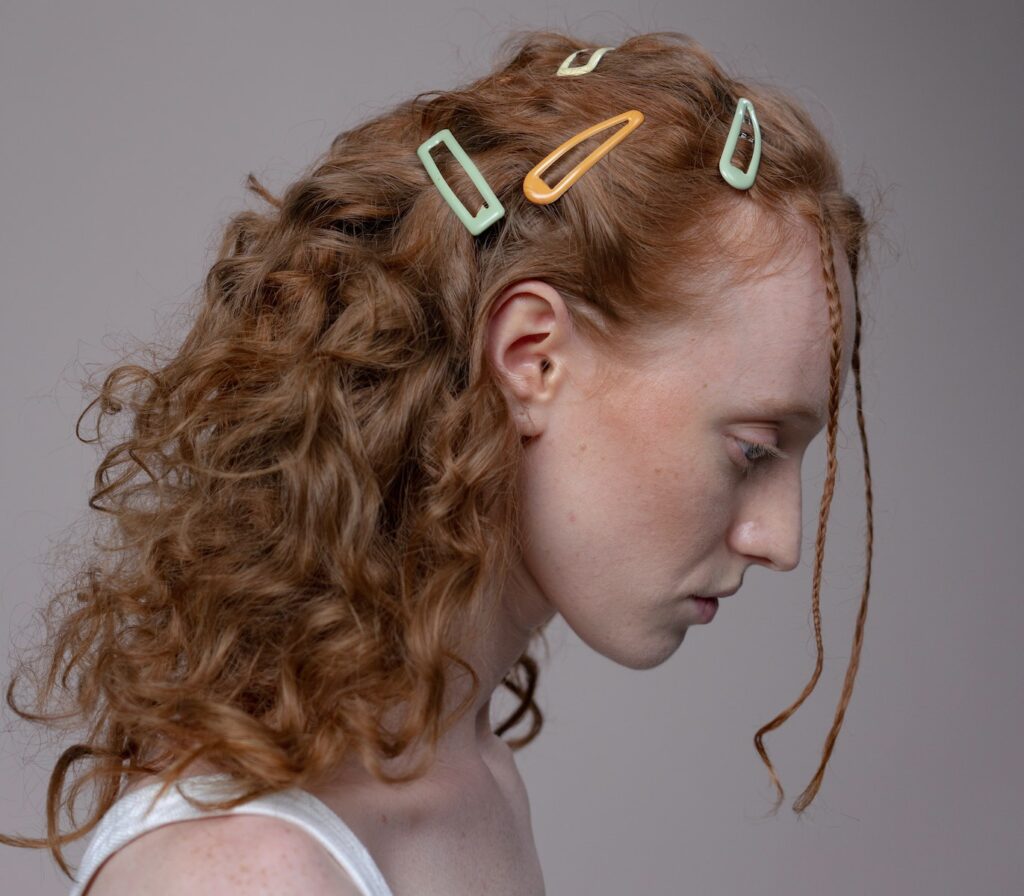
Embracing Natural Hair Colors
Tips for choosing a new hair color
When transitioning hair, choosing a new hair color can be an exciting way to embrace the change. When considering a new hair color, take into account factors such as your skin tone, personal style, and maintenance requirements. Consulting with a professional hairstylist can help you determine which shades will best complement your features and achieve your desired look.
Transition-friendly hair coloring techniques
There are various transition-friendly hair coloring techniques that can help blend the natural and relaxed hair during the transition process. Techniques such as balayage, ombré, and highlights allow for a more seamless and gradual transition by subtly blending the two textures. These techniques create a beautiful and dimensional effect, making the line of demarcation less noticeable.
Low-maintenance hair color options
If you prefer a low-maintenance hair color during your transition, consider opting for natural shades that are close to your natural hair color. This allows for easier regrowth and less frequent touch-ups. Additionally, choosing a color that requires minimal upkeep, such as a muted brown or chestnut, can make the transition process more manageable and less time-consuming.

Caring for colored hair during transition
Once you’ve colored your transitioning hair, it’s crucial to maintain its health and vibrancy. Use color-safe shampoos and conditioners to prevent fading and maintain the integrity of the hair color. Deep conditioning treatments and regular trims should also be a part of your hair care routine to keep your hair moisturized, strong, and free from split ends.

Dealing with Hair Regrowth
Understanding the regrowth process
As you transition from chemically treated hair to your natural texture, you will experience regrowth. Regrowth refers to the new hair that grows out from the scalp, typically showing your natural hair texture. This process can take time, and it’s important to be patient and understand that progress may be gradual. Embrace the regrowth as a sign of progress and a step closer to achieving your hair goals.
Trimming and shaping regrowth
To manage the regrowth during your transition, regular trimming and shaping are necessary. Trimming helps eliminate any split ends or damaged hair, ensuring that your hair remains healthy and grows freely. Shaping the regrowth can also help create a more polished and uniform look as the natural hair texture grows in. Work with a hairstylist to determine how often and how much trimming is needed to maintain the health of your transitioning hair.
Styling tips for regrowth
Styling regrowth can be challenging, especially when dealing with two different textures. However, there are a few styling tips that can help blend the two textures and create a more cohesive look. Avoid hairstyles that require excessive manipulation or heat styling, as this can cause damage and breakage. Instead, opt for protective styles, such as braids or twists, that keep your hair tucked away and minimize stress on the transitioning hair.
Camouflaging regrowth with styling techniques
If you’re looking to camouflage the line of demarcation and make the regrowth less obvious, there are various styling techniques you can try. For example, using a curl defining cream or gel on the natural hair can create a more defined curl pattern, making it blend more seamlessly with the relaxed hair. Additionally, incorporating hairstyles that feature twists, braids, or updos can help conceal the regrowth while still looking chic and stylish.
Creating a Hair Transition Timeline
Setting goals for your hair transition
Creating a hair transition timeline allows you to set realistic goals and track your progress throughout the journey. Start by establishing your overall hair goals, such as fully embracing your natural texture, achieving a specific length, or trying out new hairstyles. Break these goals down into smaller milestones, such as reaching specific lengths or completing certain stages of the transition. This timeline will help you stay motivated and celebrate your accomplishments along the way.
Planning for different hair stages
Understanding the different stages your hair will go through during the transition process is essential for planning and managing your expectations. Initially, you will have a combination of natural and chemically treated hair, which requires specific care and styling techniques. As your natural hair grows out, you may experience new challenges and adjustments. By anticipating and planning for each stage, you can make more informed decisions about haircuts, products, and styling techniques.
Adapting your haircuts over time
As your hair progresses through the transition process, it’s important to adapt your haircuts accordingly. Initially, you may opt for longer styles that retain some of the relaxed hair. However, as your natural hair becomes more dominant, you may choose to gradually trim and shape the hair to promote healthier growth and achieve a more uniform texture. Regular consultations with a hairstylist will help you determine when and how to adapt your haircuts to suit your evolving hair needs.
Haircuts for Transitioning Hair: Embrace the New You
Embracing your transitioning hair is a beautiful journey of self-discovery and self-expression. Understanding the unique needs of transitioning hair allows you to make informed decisions about haircuts, styling techniques, and products. Finding a supportive hairstylist and adopting a healthy hair care routine will help you navigate the challenges and achieve beautiful, healthy, and confident hair. With patience and perseverance, you can embrace the new you with pride and excitement.

